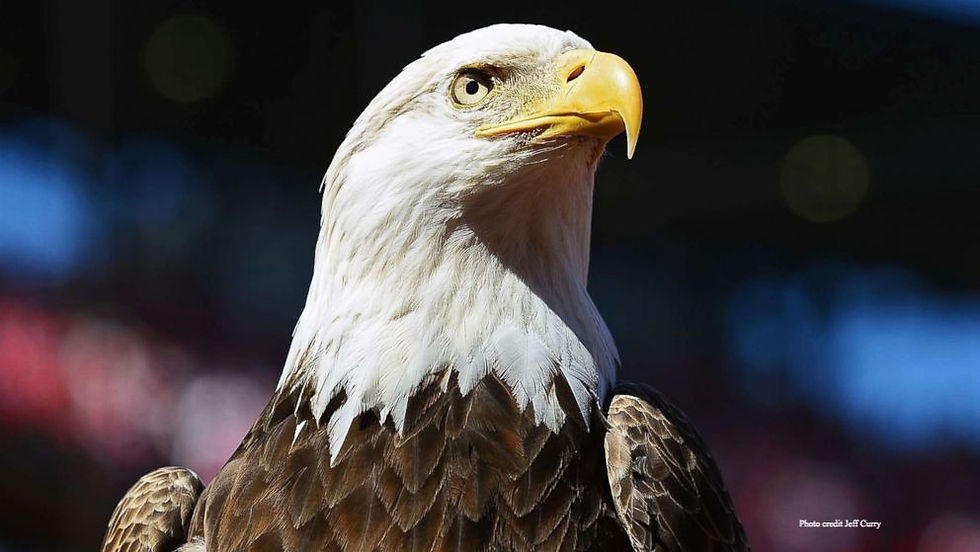CRITTER SPOTLIGHT: Caddisflies: Trichoptera
- cynthiamorissette
- Feb 22, 2021
- 2 min read

As part of the Watershed Explorer experience each year, students are asked to create a critter project in a group of 3-6 students. The critter project requirements are listed in the critter project section of this website. Being that we are virtual this year, I am not sure if teachers will ask you to create a critter project. However, even if you aren't creating a project, I will be highlighting each of the 5 critters in the critter spotlights over the next 5 weeks. The critters are caddisflies, snails, crayfish, leeches, and dragonflies. They are all macroinvertebrates. A macroinvertebrate is an animal that is small, but visible by the human eye and has no backbone. About 1.25 million species of invertebrates have been discovered, compared to only 60,000 vertebrates. Many of these animals are smaller than your fingernails!
The caddisfly order Trichoptera includes over 14,500 species. Caddisflies are insects. Adults are moth-like in appearance and are extremely attracted to light. Larvae are mainly aquatic and many build intricate cases like the one in the photograph above. These creatures go through complete metamorphosis, meaning that they start as an egg, develop into a larva, the larva pupates, and an adult emerges thereafter. This process is different from incomplete metamorphosis in which there is no pupal stage.
Case-maker caddisflies like the one pictured above use sticky silk, that comes from a gland in their bodies to attach pieces of material from their environment to their bodies, forming a case. These cases are used for protection from predators while the larva transforms. Free-living caddisflies are much more susceptible to predation without this camouflage.
Caddisflies love cool, quick-moving streams and rivers. They can be found attached to rocks or hiding amongst the sand on the bottom of these water bodies. Many caddisfly species can live together in the same water habitat.
Caddisfly larvae are herbivores. They eat living or dead plant matter. Adult caddisflies do not have developed mouthparts and can only feed on liquids. Some adults may not eat at all.
Here are some amazing cases that caddisflies have constructed to secure their safety and development to adulthood.



I hope you enjoyed learning about the caddisfly! Next week's feature will be the snail.
Happy Exploring Watershed Explorers,
Mrs. Morissette






Comments